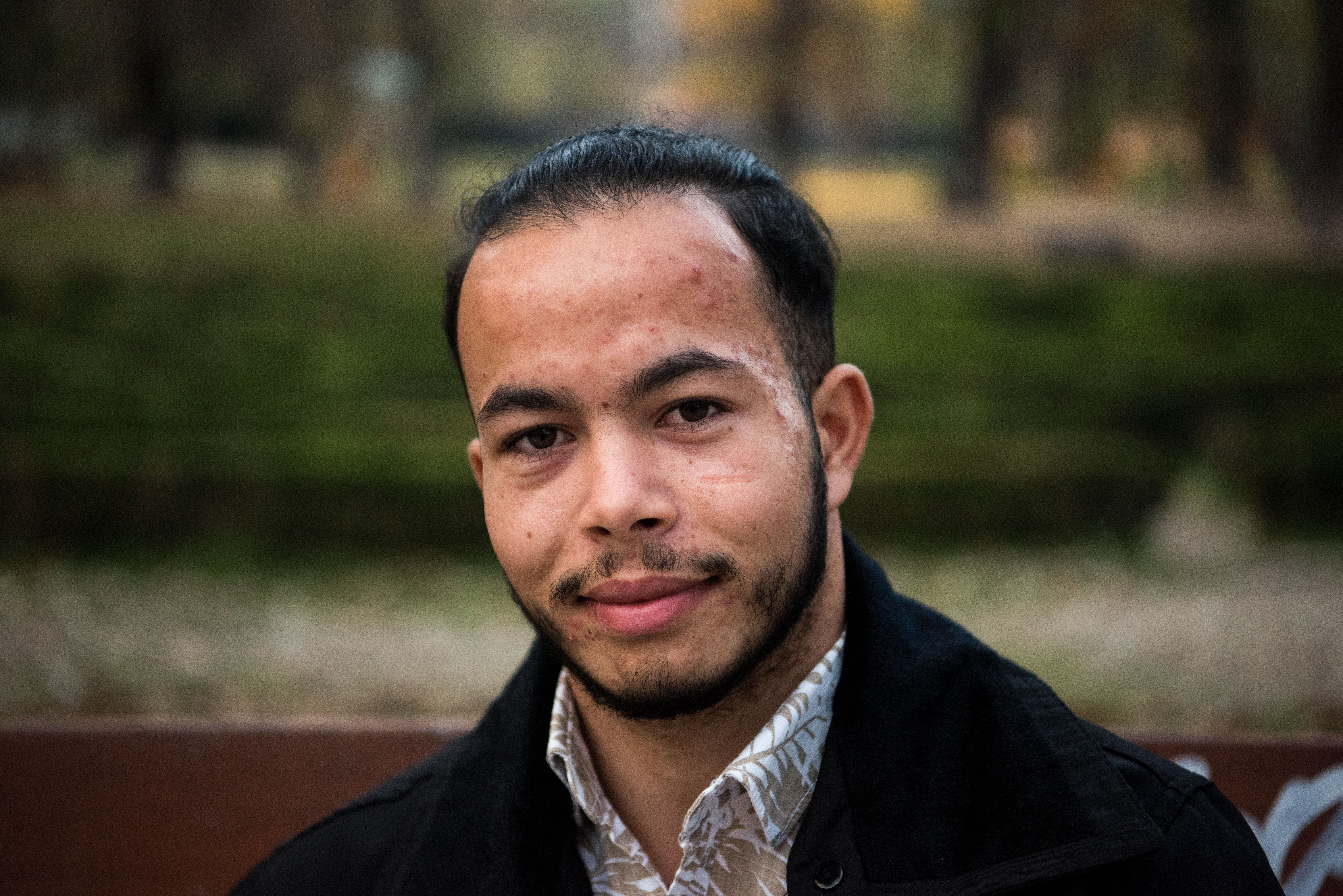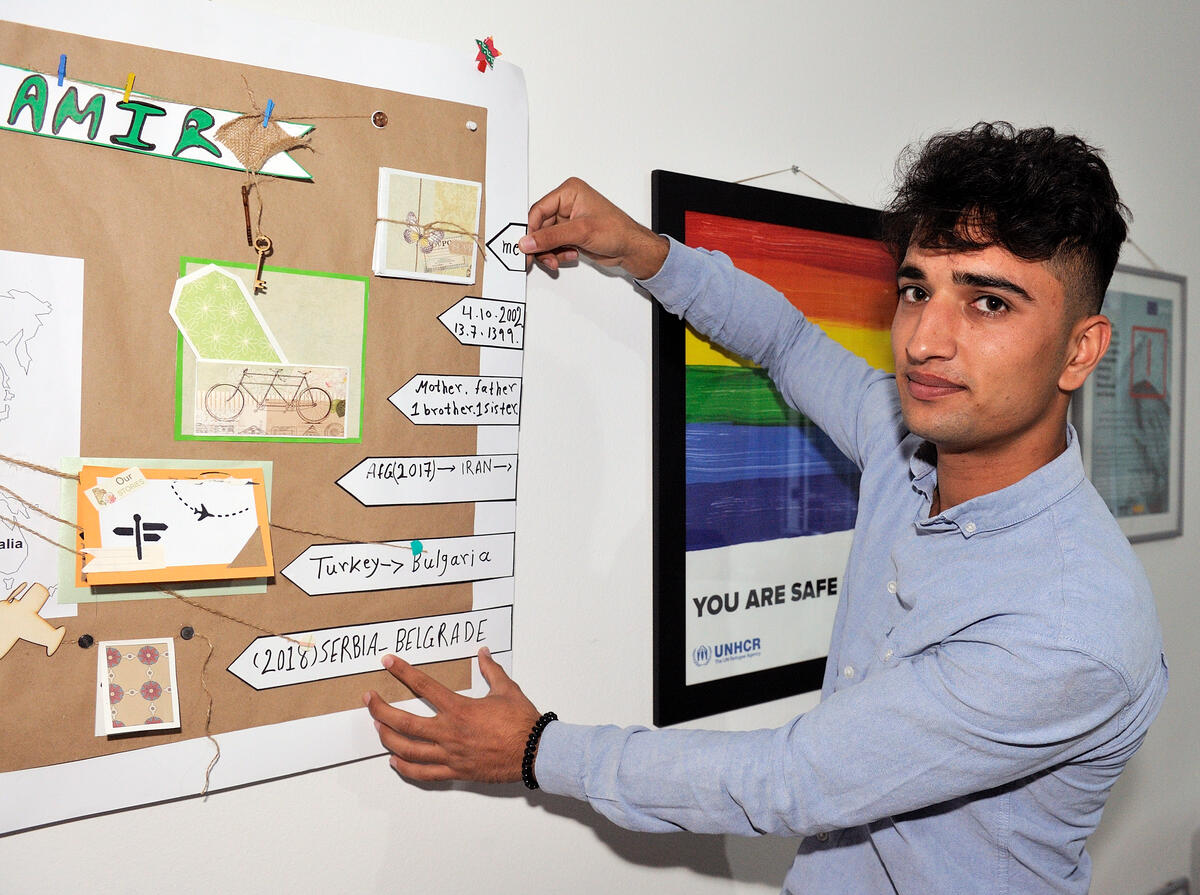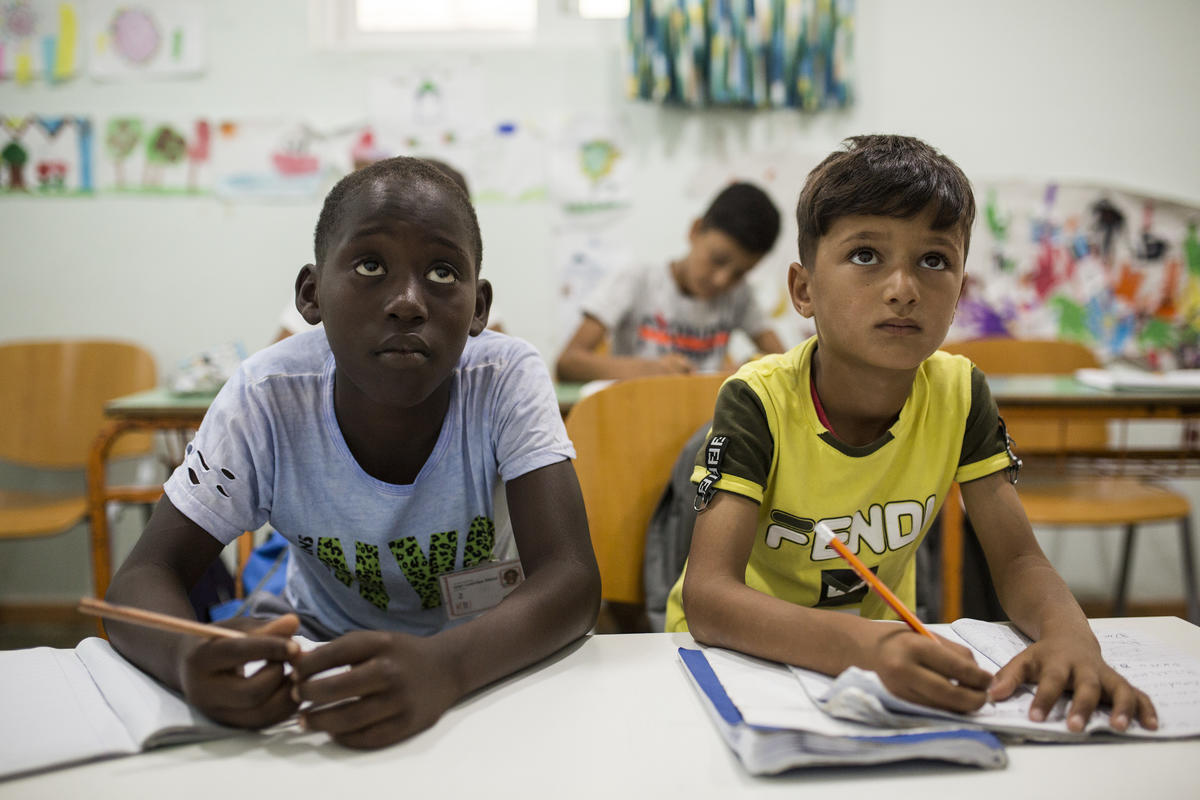Kosovo Crisis Update
Kosovo Crisis Update
Returns
The first repatriation flight into Pristina is scheduled for today, organized by IOM, with around 150 returnees flying into Slatina airport from Switzerland. Daily repatriation flights are scheduled at the Kosovo capital. Previously, all returnees by air flew to Skopje airport, and from there were taken by bus to Kosovo. The Skopje airport will still be used, however, in view of the limited capacity of Pristina airport.
Three flights carrying vulnerable returnees, organized by UNHCR, have been made from Albania to the Pristina airport in the last two weeks.
Spontaneous returns from the neighbouring countries have dropped considerably, while repatriation convoys organized by UNHCR with the help of IOM, NATO and other aid agencies have slowed to an average each week of three small convoys from Albania and Montenegro and one or two from the FYR of Macedonia.
On the other hand, returns from third countries with the help of UNHCR/IOM are averaging more than 900 people per day. To date, nearly 30,000 Kosovars have returned from abroad.
Kosovo: Assistance
UNHCR is encouraging as many people as possible to return to their damaged houses to start cleaning and repair work before snow falls in late October.
In recent days, UNHCR and its partners distributed shelter kits - mostly roofing plastic - to 3,600 families. Another 20,000 kits are expected from the European Community Humanitarian Office and 20,000 from the U.S. Agency for International Development. Around 50,000 more plastic sheets are being urgently released from emergency stockpiles. Additional materials are needed, such as doors, window frames, glass, roofing timbers and tiles.
As of 31 July, UNHCR had delivered 13,000 tents in Kosovo, where shelter has become a priority for tens of thousands of Kosovars whose houses were damaged during the war.
Reconnecting water and electricity facilities to towns and villages is also a major need. In urban areas, many people will depend on electricity for warmth this winter, especially if central heating plants which supply heat to large housing blocks are not fully operational.
UNHCR plans to distribute 30,000 wood-burning stoves for villages and a contingency stock of 15,000 winterized tents with specially adapted stoves will also be available. All of these items have been ordered and are expected to begin arriving by the middle of this month.
The NGO International Rescue Committee has brought 14.4 tons of chlorine gas to Kosovo from Skopje and 310 tons of aluminium sulphate for water companies in Kosovo. Other NGOs have expressed interest in providing technical assistance to the water companies and are being urged to coordinate their activities.
In the health sector, UNHCR continues to support regional coordination meetings. A more detailed survey of health infrastructure and services is taking place. WHO is deploying doctors at the regional level to support the development of the health sector.
Security situation in Kosovo
KFOR officials report that problems faced by non-Albanian populations in Kosovo have become acute with the return of most of the ethnic Albanians from neighbouring territories and third countries.
Since the entry of KFOR troops on 12 June, investigators have looked into more than 200 murders, most for ethnic reasons. Attempts to promote reconciliation have so far yielded few results.
For example, the declaration on freedom of movement across the Ivar bridge separating Serbian and ethnic Albanian communities in the northern town of Mitrovica has not been signed. Negotiations are often boycotted by Serbs.
One Serb house was burned in central Mitrovica on Saturday; homes owned by Serbs, or by people thought to have links with Serbs, are burned on a daily basis. Looting, robbery and burning of some Roma houses in the Urosevac area is also still taking place.
KFOR authorities in Mitrovica say 2,000 to 2,500 displaced Serbs had returned over the past month, but only 20 percent of them remained and the rest went back to Serbia.
In Gnjilane town in eastern Kosovo, a preliminary assessment by UNHCR showed that since the withdrawal of Yugoslav troops from Kosovo, 4,500 ethnic Albanians from the Serbia's municipalities of Presevo, Bujanovac and Miratovac have crossed into Kosovo, saying they have been harassed or even expelled from their homes. Of these new arrivals, 3,000 are in Gnjilane, 1,000 in Kamenica and 500 scattered in towns and villages. They are mostly staying with host families.
Mass Information
UNHCR and the NGO Media Action International issued over the weekend their first printed news bulletin in Kosovo. The Albanian language Informatori Humanitar is intended to give practical information to returnees in the province and to the people who stayed in the region during the war.
Articles by local journalists of Media Action cover subjects such as shelter, education and health, as well as international and local aid available in Kosovo.
Some 200,000 copies of the bulletin are being distributed through UNHCR's seven offices as well as NGOs in Kosovo. It is also planned to make the bulletin available to refugees in third countries.
The bulletin complements the radio programmes produced by Media Action International, in cooperation with UNHCR, and already broadcast in Kosovo in Albanian and Serbian languages on humanitarian issues.
Albania
At a meeting last week of the Emergency Management Group, representatives of donor countries pledged significant resources for the rehabilitation of areas in Albania which hosted refugees.
The projects include repairs to collective centres, rehabilitation of camps, roads, schools, medical facilities, electrical and water services.
Meanwhile, UNHCR has signed a $1.2 million agreement with the International Rescue Committee for seven quick impact projects in Albania. UNHCR's rehabilitation programme in Albania centres on repair of environmental damage.
UNHCR has also brought to the attention of Albanian officials the harassment of returnees through the port of Durres. An increasing number of Kosovars, including many with permanent residence status in European countries, are trying to travel to Kosovo through Albania, to visit family members in Kosovo and to bring them badly needed household goods. These travellers are easy prey for criminals along the road in Albania from Durres to Tirana to Kukes.
FYR of Macedonia
Refugees in the the FYR of Macedonia returning to Kosovo are down to a trickle - 50 on Friday, 83 on Saturday and 29 on Sunday.
Around 216,500 refugees have returned from FYR of Macedonia to Kosovo in the past six weeks.
There are still at least 21,000 refugees in the FYR of Macedonia, according to estimates by UNHCR and the Skopje government. The number includes around 5,800 in three camps and two collective centres and includes some - primarily Roma - who have arrived since the deployment of KFOR in Kosovo.
UNHCR continues to ferry relief aid from Skopje to Kosovo. As of 31 July, aid deliveries totalled 439,309 blankets, 359,971 mattresses, 388,978 hygienic kits, 18,641 jerry cans, 194,167 sanitary napkins, 296,886 soap and 28,639 kitchen sets.
Serbia and Montenegro
The total number of non-Albanian (mostly Serb and Roma) displaced people from Kosovo in Serbia as of 29 July stood at 155,000. The figure includes around 3,000 refugees from Croatia and Bosnia and Herzegovina who have also left Kosovo. Another 23,000 non-Albanians crossed from Kosovo into Montenegro, according to UNHCR field staff reports bringing to 178,000 the number of new arrivals in the two Republics. There are reports that some Serb displaced people from Kosovo who had initially fled into Serbia are moving to Montenegro, but no firm numbers are available.
UNHCR estimates that of the IDPs in Serbia from Kosovo, 50,000 arrived during the six months before the end of the NATO bombings. Most of the Kosovars in Montenegro came there after the NATO air campaign.
UNHCR is continuing its efforts to help the newly displaced, and has sent nearly daily convoys from Belgrade to regional Yugoslav Red Cross warehouses in 12 municipalities throughout Serbia and Montenegro over the past five days. The regional Red Cross warehouse in Novi Sad received 12,200 blankets, 500 hygienic kits, 10,000 packs of sanitary napkins, as well as hundreds of jerry cans and baby bath tubs. On Friday mattresses, hygienic kits and meals-ready-to-eat were sent to Nis and Podgorica.
Programmes to help refugees from Croatia and Bosnia and Herzegovina are also continuing.
In Montenegro, around 1,500 Roma are accommodated in Konik camp outside Podgorica, 170 in the Kristal factory in Rozaje and others at Hotel Lokve and Furniture Showroom in Berane and in Niksic. There are frequent movements and rumours of movements of these people throughout Montenegro and Serbia, as well as clandestine departures to Italy.
Two Italian NGOs - Intersos and COOPI - with funding from the Italian government and the European Community Humanitarian Office are building facilities at the Konik camp. It will have 250 tents with wooden pallets, 27 kitchens, a warehouse, a distribution centre, 50 toilets in five locations and shower and washing rooms with hot water in five locations.
Following a meeting with the Ministry of Education, UNICEF announced that all displaced children regardless of ethnicity will be allowed to enrol for the next school term.
All camp sites and collective centres in Montenegro for Kosovo Albanians have meanwhile been closed, since most have returned home. The number of returns has dropped dramatically in recent days, but UNHCR and its partners continue to organize return convoys as needed.
Fewer than 10,000 Kosovo Albanians are estimated to remain in Montenegro. These consist mainly of families whose houses in Kosovo have been destroyed. Nearly all are in private homes.








